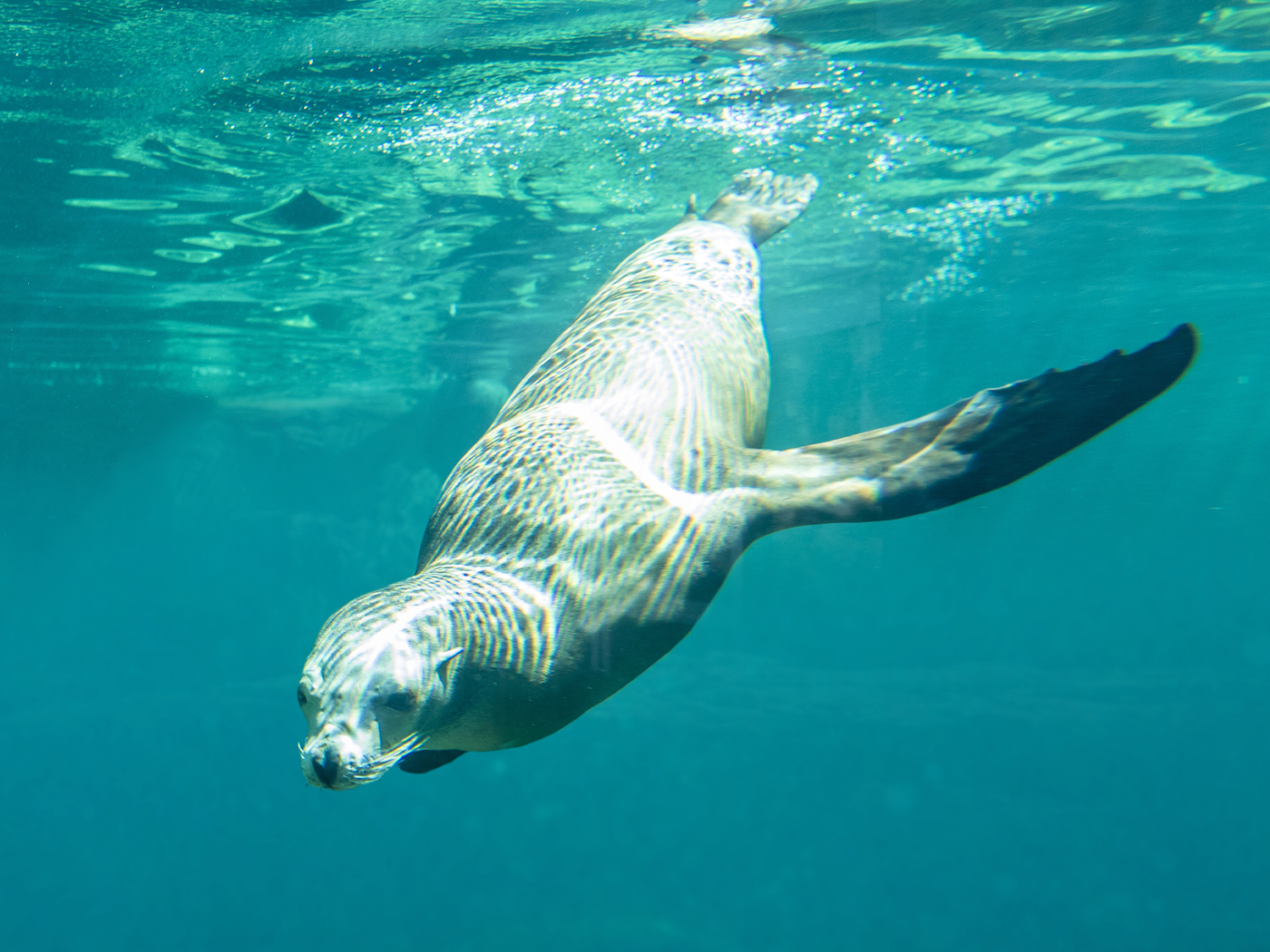In 2008, the Institute for Creation Research acquired Eddie, a rare juvenile Edmontosaurus (duck-billed hadrosaur). He currently resides in our offices in Dallas, Texas.
This “little” dinosaur is about 10 feet long and 5.5 feet tall. He was discovered in 1990 in Montana’s Late Cretaceous-age Two Medicine Formation, which is famous for its dinosaurs and contains thousands of bones from the Maiasaura genus—a type of large, duck-billed dinosaur.
Because juvenile dinosaurs are typically quite rare, little is known about their growth patterns. However, the Two Medicine Formation is one area that provides ample specimens of the duck-billed Maiasaura—enough to allow scientists to plot their growth history.1 Edmontosaurus and Maiasaura are very similar, falling into the same subfamily of Hadrosauridae, which likely places these two genera in the same biblical “kind.”
Using the growth history of the Maiasaura, we can estimate Eddie’s age. Because we don’t want to damage the specimen by cutting a leg bone in half to count tiny growth rings (similar to tree rings), we’ll use an equation to estimate his weight.2 This formula is based on the circumference of the upper bone of the lower legs. Because bipedal (two-footed) animals put all their weight on their hind leg bones, scientists measure the femurs (thigh bones) of various animals at the midpoint where the bones are the thinnest. Based on data from modern animals, they then plot the circumference value against body mass on a logarithmic scale. Using these numbers, researchers can find a straight-line relationship and best-fit equation for all bipeds, including dinosaurs, using only the femur circumference. The resulting biped equation is:
Body mass in kg = (0.00016) × (femur circumference in mm) 2.73
The beauty of the circumference method is its simplicity—all we need for a weight estimate of a given fossil specimen is a leg bone, and leg bone fossils are often well-preserved.
So, how does Eddie weigh in? The circumference of the thinnest point of his femur is 167 millimeters. Placing this value into our equation gives a weight estimate of 187 kilograms, or 412 pounds (1 kg = 2.2 lb).
Given this weight, how old was Eddie when he died? If we use the growth curve for Maiasaura, we see that duck-billed dinosaurs grew slowly for the first four years and then hit a rapid growth spurt between ages five and six.1 During that time, hadrosaurs could have been gaining as much as 1,042 kg (2,292 lb) per year in body weight. By the time they reached six or seven years old, they would have been nearly adult size at over 1,500 kg (3,300 lb) and presumably becoming sexually mature. An adult Edmontosaurus could reach 37 feet in length and stand about 18 feet tall!
Eddie’s 412-pound weight places him in the four-year-old range, just before the onset of the growth spurt. A hadrosaur dinosaur of this age and size would have been a perfect candidate for Noah’s Ark. Unfortunately, Eddie wasn’t on the Ark—he died by rapid and catastrophic burial in sediment during the great Flood, only to be found by paleontologists later and put on display as a witness to this judgment event.
God may have placed a pair of similar, four-year-old hadrosaurs on the Ark, knowing these dinosaurs were the perfect age and size for the journey. They would neither require much room nor eat too much during the Flood year. Upon leaving the Ark at age five, however, they would have required a lot of food as they hit their growth spurt. In addition, these dinosaurs would likely have become sexually mature right after leaving the Ark, able to quickly fulfill God’s command to multiply upon the earth (Genesis 8:17). Thanks to dinosaurs like Eddie, we can further study life on Earth before and after the Flood.
References
- Erickson, G. M., K. C. Rogers, and S. A. Yerby. 2001. Dinosaurian Growth Patterns and Rapid Avian Growth Rates. Nature. 412 (6845): 429-433.
- Anderson, J. F., A. Hall-Martin, and D. A. Russell. 1985. Long-Bone Circumference and Weight in Mammals, Birds and Dinosaurs. Journal of Zoology. 207 (1): 53-61.
* Dr. Clarey is a Research Associate at the Institute for Creation Research and received his Ph.D. in Geology from Western Michigan University.

















